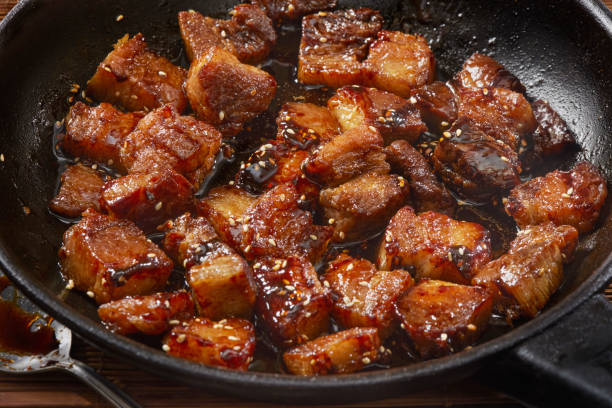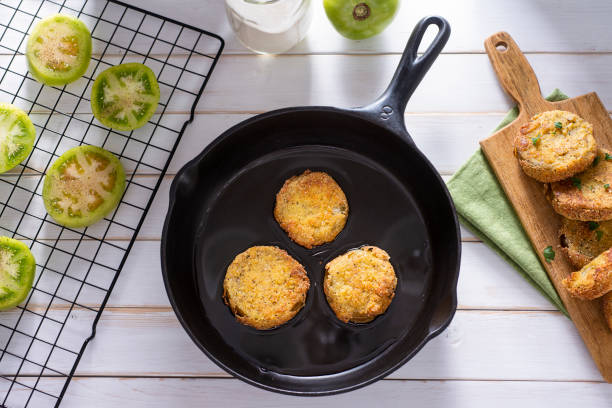The coating of a pan is very delicate and should not be damaged. Therefore, gentle and gentle cleaning methods should be used to clean coated pans. We have an overview of the best means.
Use a coated pan or not?
At first, the question arises as to why you need a coated pan at all? Now the use of coated pans is for searing at low and medium temperatures. Also, little or no fat is used here. This is usually the case with sensitive dishes such as eggs or the like. Meanwhile, you can use uncoated pans if you want to sear your ingredients. You can use high temperatures for this. You should also note that there are different coatings. This is particularly important for passionate cooks.

Advantages and disadvantages of a coating
The advantage of the coating of the pans is that it enables gentle preparation. Since the pans require little or no fat, you can cook low in calories. Another benefit is that the pans will last a very long time if handled properly. In addition, they burn less quickly because a lot of fat is not used when frying. This makes them easier to clean. But here is a disadvantage. Because the pans should not be heated to high temperatures and should be cleaned properly. Otherwise, the coating could be damaged. Then it can lose its beneficial effect. In addition, the coatings are suspected of releasing toxic benzene if damaged.
Tricks for cleaning the coated pan
To ensure that your coated pan lasts a long time and is not harmful to your health, you should know how to clean it. Simple home remedies are usually sufficient. As a result, you can protect the environment in the household and do without chemical cleaners.
1) Rinse clean with hot water
The easiest way to clean your coated pan is to rinse it with hot water immediately after use. Then leftover food can be removed quickly and the dirt is gone. In this way, you can also easily clean pans with a ceramic coating.
2) Use baking soda for cleaning
Stains from the art coating of a pan are harder to remove. But then put an eighth of a liter of water with 3 tablespoons of the household remedy baking powder in the pan. Then bring it to a boil and rinse well. If you don’t have baking powder, you can use baking soda, and cleaning nonstick pans will be child’s play.
3) Clean coated pan with vinegar
The household remedy vinegar also helps you effectively with cleaning. To do this, add water and vinegar to the pan in a ratio of 3 to 1. Then let it boil and simmer on low for a few minutes until the dirt dissolves. Then rinse with clear water. If necessary, you can clean it with a soft cloth.
4) Clean the pan with salt
Salt as a household remedy can also clean the coated pan. To do this, you have to distribute the salt evenly in the pan and heat it carefully until it turns brown. This process ensures that the dirt in the pan can be easily removed. Also, read how to clean your work clothes with salt.
5) Use detergent and sponge for cleaning

You can also use the classic soft sponge and mild washing-up liquid to clean coated pans. After pre-rinsing with hot water, you can add some washing-up liquid to the pan. If the food residue is already dried, you can let it soak for a few minutes. Otherwise, you can wipe everything away directly with a soft sponge. In addition, note tips for removing rust from the pan.
6) Avoid the following cleaning methods
While the methods mentioned clean your pan gently and undamaged, there are cleaning methods that can damage the coating. You should therefore urgently avoid the following methods and means:
Avoid using a steel sponge when cleaning. Because this is too hard and scratches the coating.
Cleaning in the dishwasher is forbidden if you want to keep your coated pan for a long time.
Avoid strong chemical cleaning agents. Because these can damage the coating or stick to the pan.
